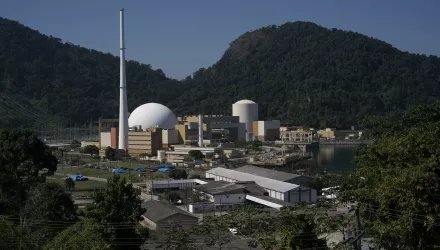Current grid resource adequacy modeling assumes generator failures are both independent and invariant to ambient conditions. We evaluate the resource adequacy policy implications of correlated generator failures in the PJM Interconnection by making use of observed temperature-dependent forced outage rates. Correlated failures pose substantial resource adequacy risk, increasing PJM’s required reserve margin from 15.9% to 22.9% in the 2018/2019 delivery year. However, PJM actually procured a 26.6% reserve margin in this delivery year, translating to excess capacity payments of $315 million and an implied value of lost load of approximately $700,000/MWh, a figure two orders of magnitude greater than typically used in operational contexts. Capacity requirements vary by month, with more than 95% of loss-of-load risk accruing in July. Setting monthly capacity targets could reduce annual PJM procurement by approximately 16%. We examine the resource adequacy implications of the ongoing replacement of nuclear and coal in PJM with combined-cycle gas generators, finding moderate benefits: approximately a 2% reduction in capacity requirements. We identify modest resource adequacy risks from potential future climate scenarios, modeled as temperature increases of 1 and 2 °C relative to our study period. Holding loads fixed, these scenarios increase capacity requirements by approximately 0.5% and 1.5%, respectively.
Source: ScienceDirect




